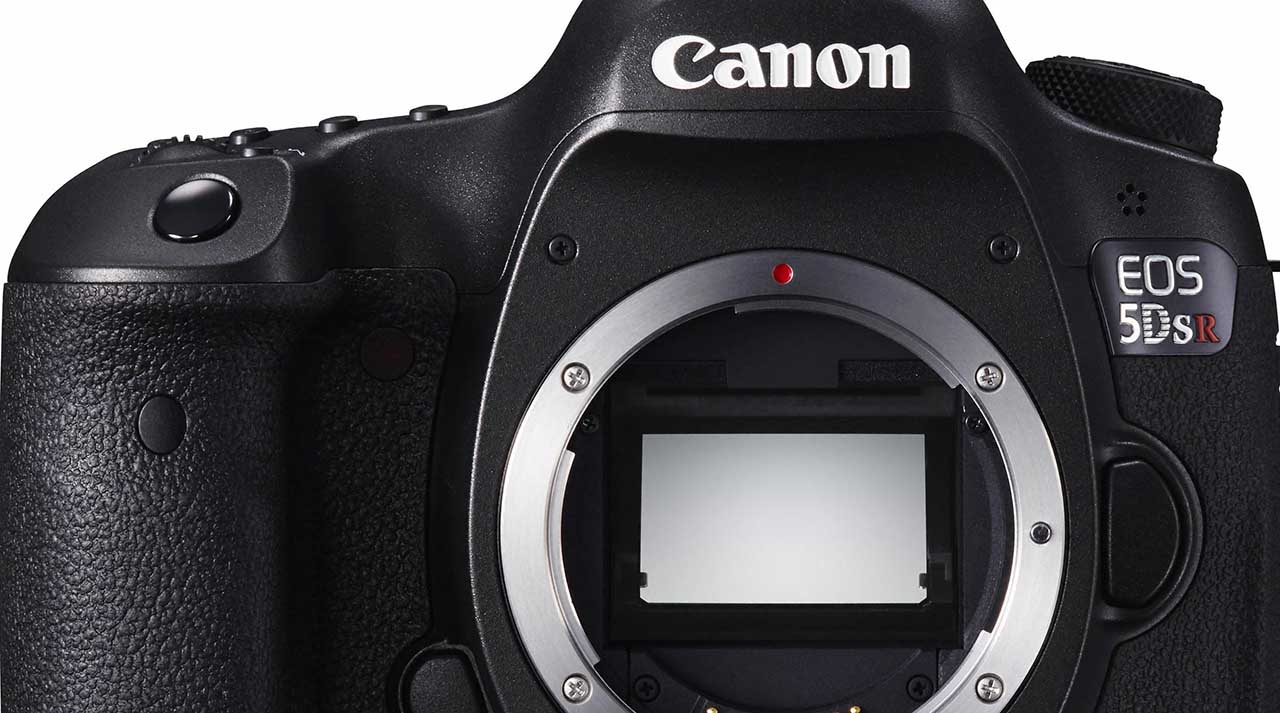What is an anti-aliasing filter inside your camera? An anti-aliasing filter – also known as an optical low pass filter (OLPF) – is a small filter that sits over the image sensor in your camera and it’s job is to avoid interference patterns from spoiling images.
It does this by softening the image, which may sound counter-intuitive, but there are typically many fine details in a scene that are beyond a sensor’s resolution capabilities.
Image sensors can only record so much detail and will struggle to cope with the ‘high-frequencies’ of repetitive patterns like multiple lines.
Imagine you were shooting a brick building from across the street or detail in a bird’s feather. Many image sensors might struggle to cope with that high frequency pattern and produce strange bands of colour or odd stripes in your images.
Remember how newsreaders’ ties sometimes used to cause weird effects on TV back in the day? That’s moiré patterning.
This type of distortion is known as moiré, and most digital cameras try to limit this via an anti-aliasing filter which smooths over the higher spatial frequencies (softening un-resolvable detail) and allowing only the lower frequencies (hence the alternate term ‘low pass filter’) to pass through the sensor.
For years, anti-aliasing filters came standard on all digital SLRs, but in recent years – pioneered by Nikon in its entry-level DSLRs – manufacturers have begun removing the anti-aliasing filter from the image sensor.
SEE MORE: What is a histogram in photography? Common questions answered
Why remove an anti-aliasing filter?
Over the last few years the pixel count of digital cameras has gone up significantly so that they can resolve much more detail.
This means that there’s far less risk of interference patterns occurring and manufacturers often omit the anti-aliasing filter from the image sensor to allow the camera to record more fine detail.
This can come at the expense of introducing moiré in some images, or more significantly video, particularly when shooting surfaces with fine details and repetitive patterns.
No one wants this distortion, of course, but because editing raw files gives you so much flexibility, any unwanted colour patterns can usually be removed at the post-processing stage.
Manufacturers have gambled – and rightly so – that photographers want the option to record more detail at the expense of spending a little more time on the computer editing.
A new optical low pass filter design
Interestingly, some manufacturers are now trying a new optical low pass filter design that builds on, rather than removes, the traditional anti-aliasing filter.
With the EOS 5DS R, for instance, Canon introduced an optical low pass filter design that boasts a second filter.
The second low pass filter then counteracts the first anti-aliasing filter’s effects – are you still with us?! – to allow the sensor to record more fine detail. Again at the expense of moiré.
READ MORE
What is depth of field in photography?
What is off-camera flash: explain it like I’m 5



